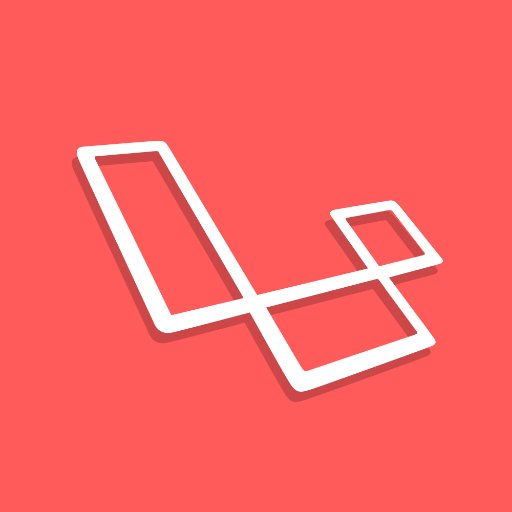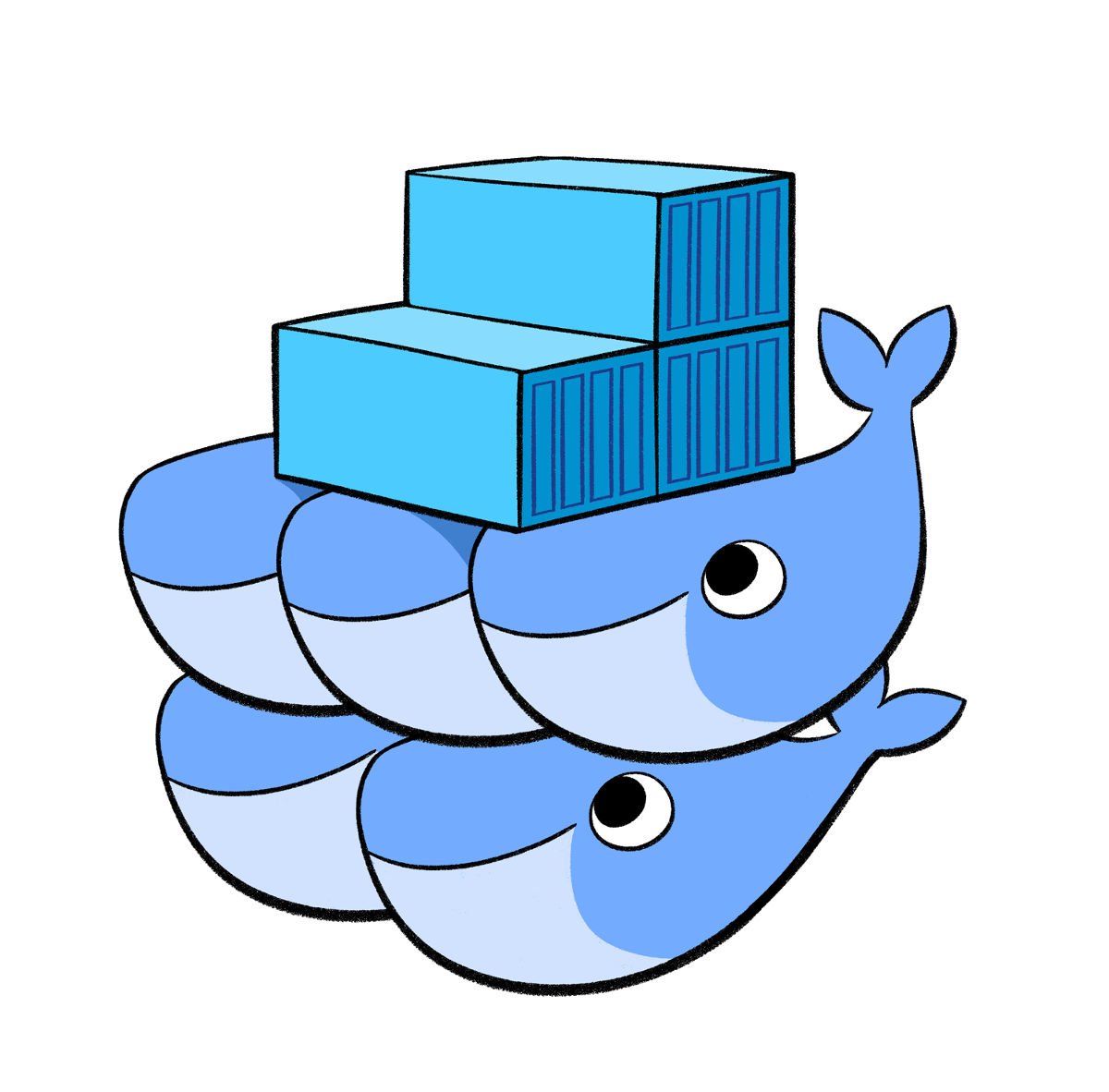Tag: Docker
-
Backing up Docker volume data to Digital Ocean spaces with encryption
Automating backups of Docker volumes from a Linux server to Digital Ocean spaces.
-
Using docker and docker compose for my Homelab
I’ve seen some very elaborate homelab set-ups online but wanted to get the easiest possible implementation I could, within my current skill set. As I have quite a lot of experience with using docker for development in my day to day work, I thought I’d just try using docker compose to setup my homelab service…
-
Setting up mine, and my family’s, Homelab
I’ve opted for what I believe is the easiest, and cheapest, method of setting up my Homelab. I’m using my old work PC which has the following spec: My Homelab Goals My homelab goals are centered around two fundamental tenets: lower cost for online services and privacy. I want to be: Documenting my journey I…
-
Starting a new Laravel 9 project
Whenever I start a new Laravel project, whether that’s a little side-project idea or just having a play, I try to follow the same process. I recently read Steve’s post here on starting your first Laravel 9 Application, so thought I would write down my own setup. Whereas Steve’s guide walks you through the beginnings…
-
Sprinklings of Docker for local development
When I search for docker-related topics online, it almost seems to me that there are two trains of thought for the most part: I believe either of these is a valid approach — whatever feels right to you. Of course it does also depend on how your company / team works. But I’d like to…
Tagged: Docker
-
Setting up Elasticsearch and Kibana using Docker for local development
How to set up Kibana and Elasticsearch locally, within Docker containers.
-
Install MongoDB with Docker for local development
Pull the docker image for mongo down to your computer. docker pull mongo Run the mongo container in the background, isolated from the rest of your computer. # Command explained belowdocker run -d -p 27017:27017 –name mongodb mongo -v /data/db:/data/db What I love about this approach is that I don’t start muddying up my computer…
-
Docker braindump
A collection of my learnings, notes and musings on Docker.
-
Been learning to use Docker Swarm
Despite not yet managing to get what I have learnt implemented, I have nonetheless took on board some good concepts around docker and docker swarm
-
How I would set up Laravel with Docker
This is a quick brain dump for myself to remember how I set up Laravel with Docker. Hopefully it can help others out also.




